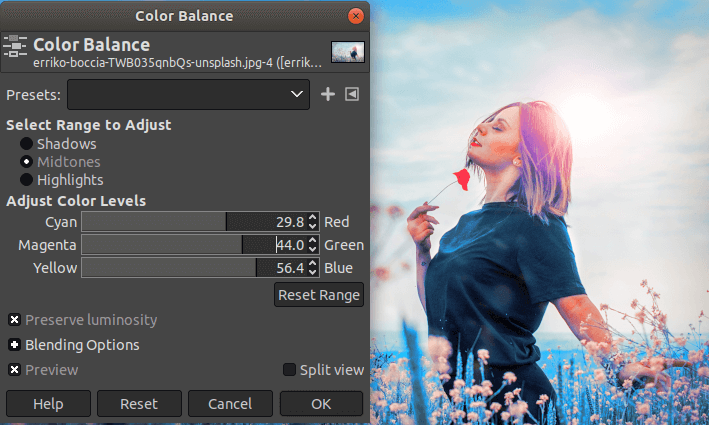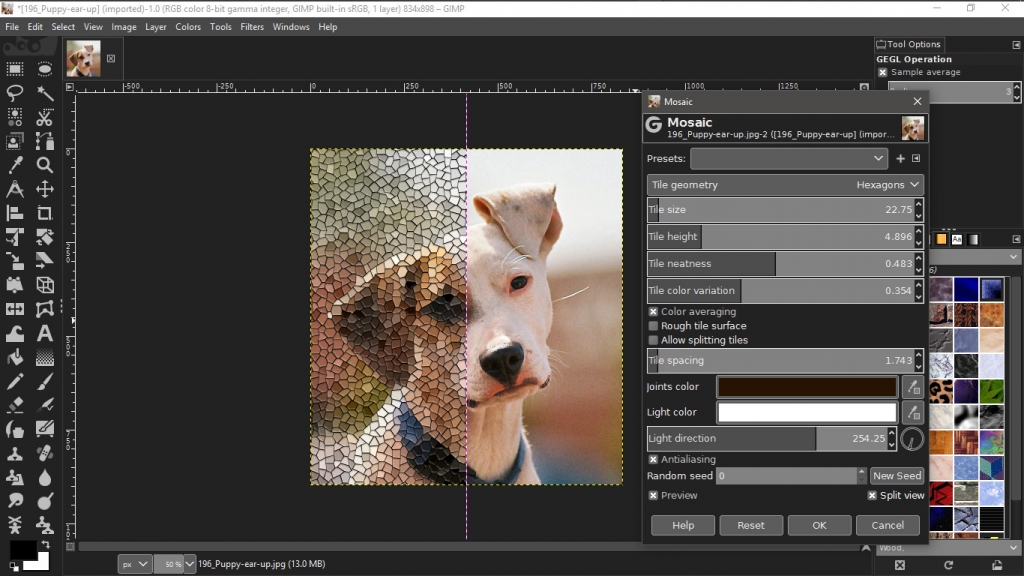

DPI Is For Printing & Pixel Dimension Is For Webīy now you’ve probably noticed that an image is treated differently when we are talking about printing it vs using it online. Discovering this size in the next part of this tutorial. So we need to know what the final destination size is prior to making this conversion. The jpeg is meant to be a destination file, which means once we convert an image like a tif to a jpeg that’s it. What happens when you enlarge a jpeg is that you start to get artifacting and the image basically starts to fall apart. This is just fine as long as you don’t put the image into a situation where it needs to enlarge. The only problem is that it is a destructive lossy compression, which means that it deletes and combines data in in the file to achieve a small file. The jpeg is special because of its compression, meaning that it can give you a very small file. The downside is that this is a large beefy file because it doesn’t remove any data when compressed & it’s just simply too big to use online. This image can be used in layouts like Indesign where the end result is a print. This also means that it is the ideal file type for doing fancy Photoshop retouching work. This makes the file-type special because it allows you to enlarge the file sometimes up to 2 times its size without seeing much degradation of the image.

The tif file is the most versatile file type available because it doesn’t remove data when saved and compressed. The Tif File – Use For Printing And Retouching The others like PNG, Gif, PSD, Raw are all for special use and are not discussed here. There are so many image file types out there, but which is the right image type for you? There are 2 image types that we are primarily concerned about: Jpeg and Tif.


 0 kommentar(er)
0 kommentar(er)
